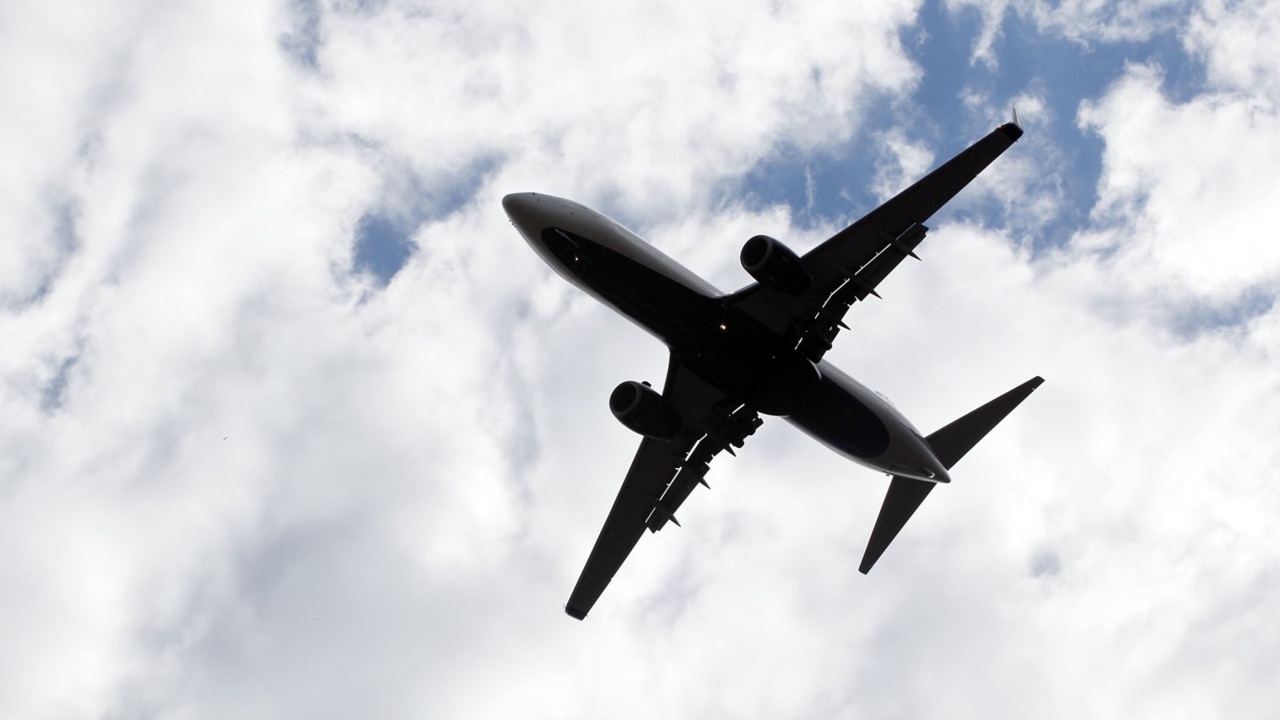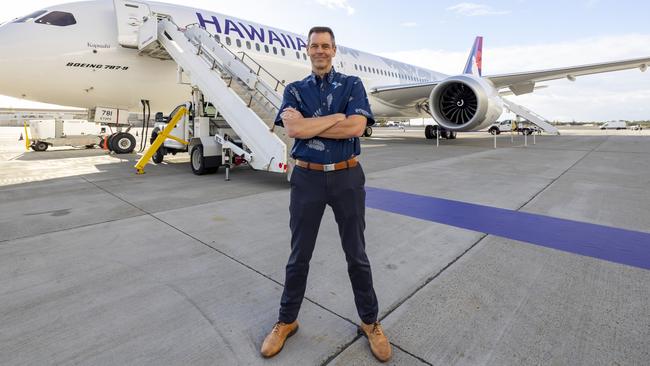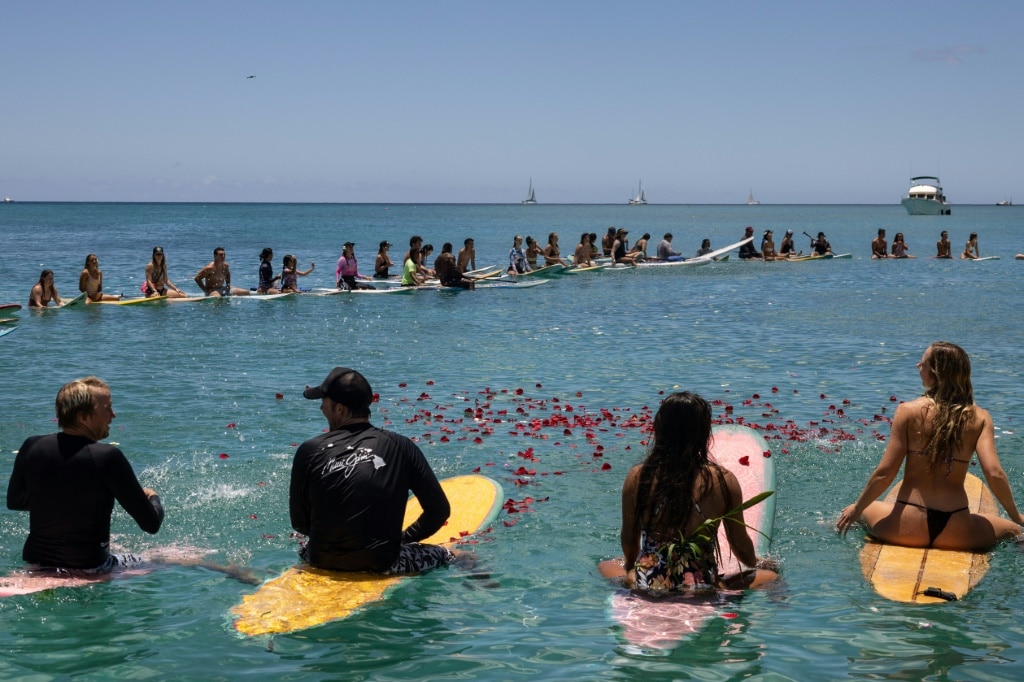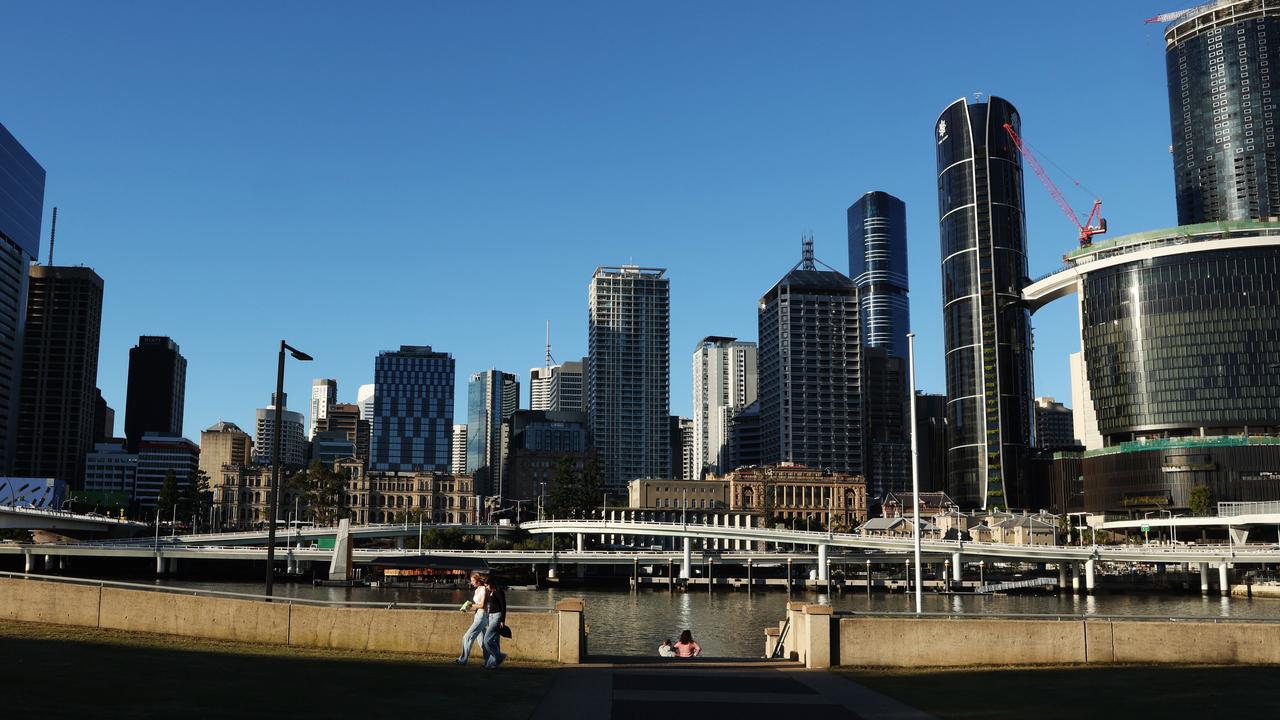Weak Aussie dollar a turn-off for Hawaiian Airlines
There’s one thing stopping Hawaiian Airlines from adding more flights to Australia – the weak Aussie dollar.

Business
Don't miss out on the headlines from Business. Followed categories will be added to My News.
One thing stands between Australia and more direct flights to the island paradise of Hawaii – the Australian dollar.
Speaking exclusively to The Australian, Hawaiian Airlines’ CEO Peter Ingram said until the dollar gained some ground on the greenback, they would likely restrict services to five flights a week to Sydney.
“The strengthening of the Australian dollar would really improve the demand conditions for travel, whether it’s to Hawaii or travelling further on to the US mainland,” said Mr Ingram.
“With the strength of the US dollar, it’s a more challenging proposition for Australian visitors, but these things go in cycles so as we see a strong Aussie dollar again there will probably be a lot of opportunities for us to continue expansion, whether it’s returning to Brisbane or launching flights to Melbourne or even just expanding our Sydney flights. All of those things we would consider over time.”
Currently, the dollar is trading at around 66c against the US dollar, a far cry from its glory days in the early 2010s when it was above parity, as high as $1.10.
It was at that time when Hawaiian began flying to Brisbane, eight years after launching its Sydney-Honolulu service.
“We love serving Australia and Aussies are always great visitors here in Hawaii, curious travellers who love to experience destinations like ours, so we’re glad to have it in the network,” Mr Ingram said.

Bureau of Statistics data for March showed travel to the US from Australia had recovered to 82 per cent of pre-Covid levels, whereas other markets such as Indonesia, Japan and India were well above 2019 levels.
In a show of confidence the market would eventually make a full recovery, Hawaiian was considering putting its third new Boeing 787 on Sydney after the first two went to service Los Angeles and Phoenix.
Mr Ingram said the 787s were configured with almost twice as many business class seats as the A330s currently used to fly to Sydney, at 34 to 18.
“Sydney is right near the top of the list for long haul destinations we’re considering (for the 787). Probably the other one is New York which is going to be a great market for the 787,” he said.
“I would say if it’s not on the third aeroplane, by the time we get to the fourth and fifth which will be coming in 2025, there’s a good chance it’ll be starting on the Sydney route because of the premium configuration and nature of the demand in that market.”
Further changes were afoot for Hawaiian, with the airline set to be acquired by Alaska Airlines in a $2.9bn (USD$1.9bn) over the next 12 to 18 months.
Under the deal, Hawaiian Airlines would maintain its brand and become part of the Oneworld alliance with the likes of Qantas, Japan Airlines and Cathay Pacific.
It was unclear where that would leave Hawaiian’s partner Virgin Australia, and Mr Ingram said that would be evaluated over time.
“No decisions have been made on that yet. It will be something that will be worked out as further integration plans are developed,” he said.
Also up for consideration was the void left by the collapse of Air Vanuatu and how Hawaiian Airlines might respond, either through investment or an expansion of flights.
Mr Ingram said he was well aware of the critical role airlines played in the Pacific Islands, but at the same time the difficulty maintaining such a service.
“Given we’re operating from an archipelago isolated in the middle of the Pacific Ocean, we’re very mindful of how important air transportation is not only as a connection point to the rest of the world but an economic lifeline as well,” he says.
“We are keen given our geography to consider those opportunities when it makes sense and when there is sufficient demand to justify a service.”
More Coverage
Originally published as Weak Aussie dollar a turn-off for Hawaiian Airlines





